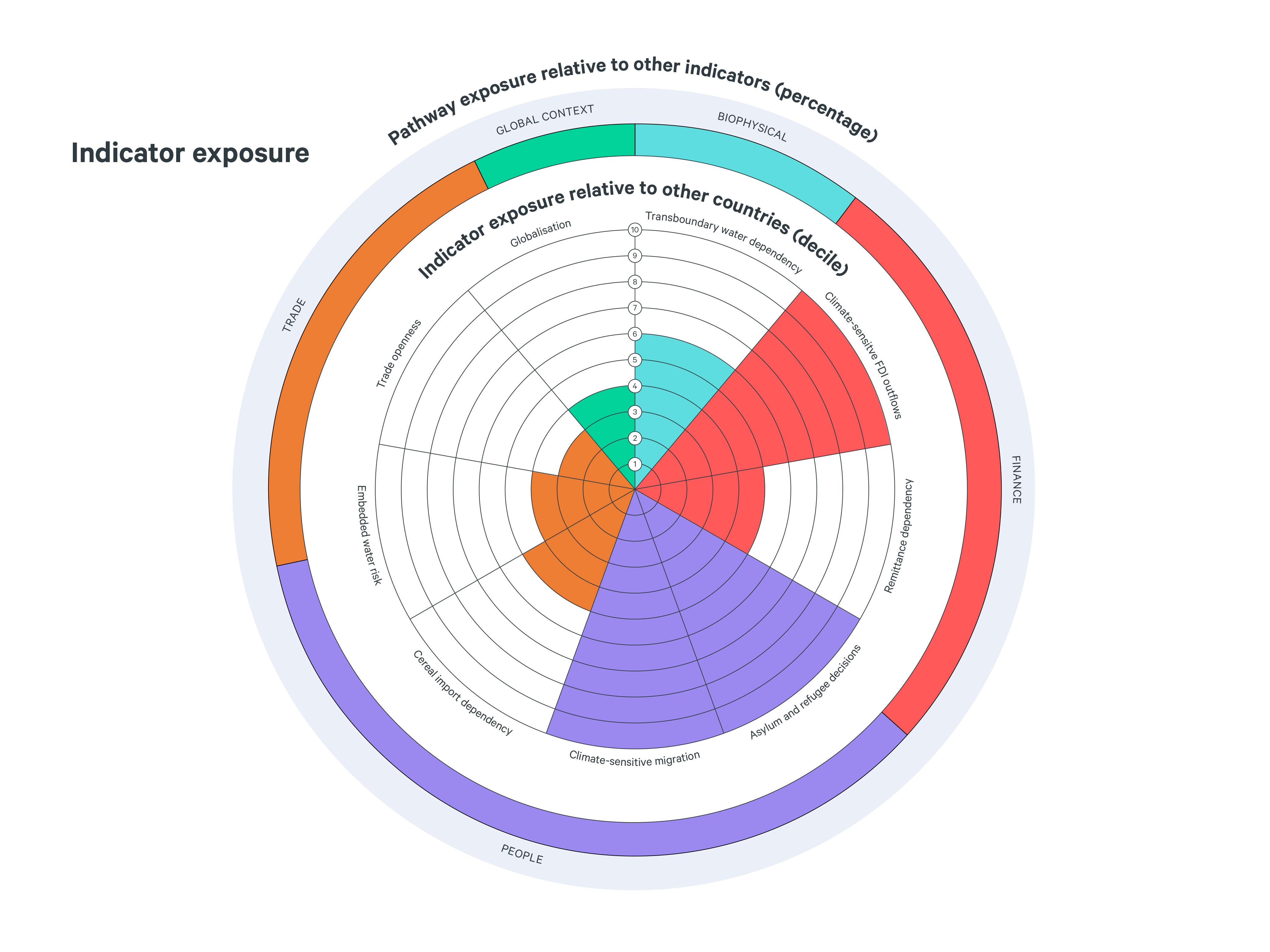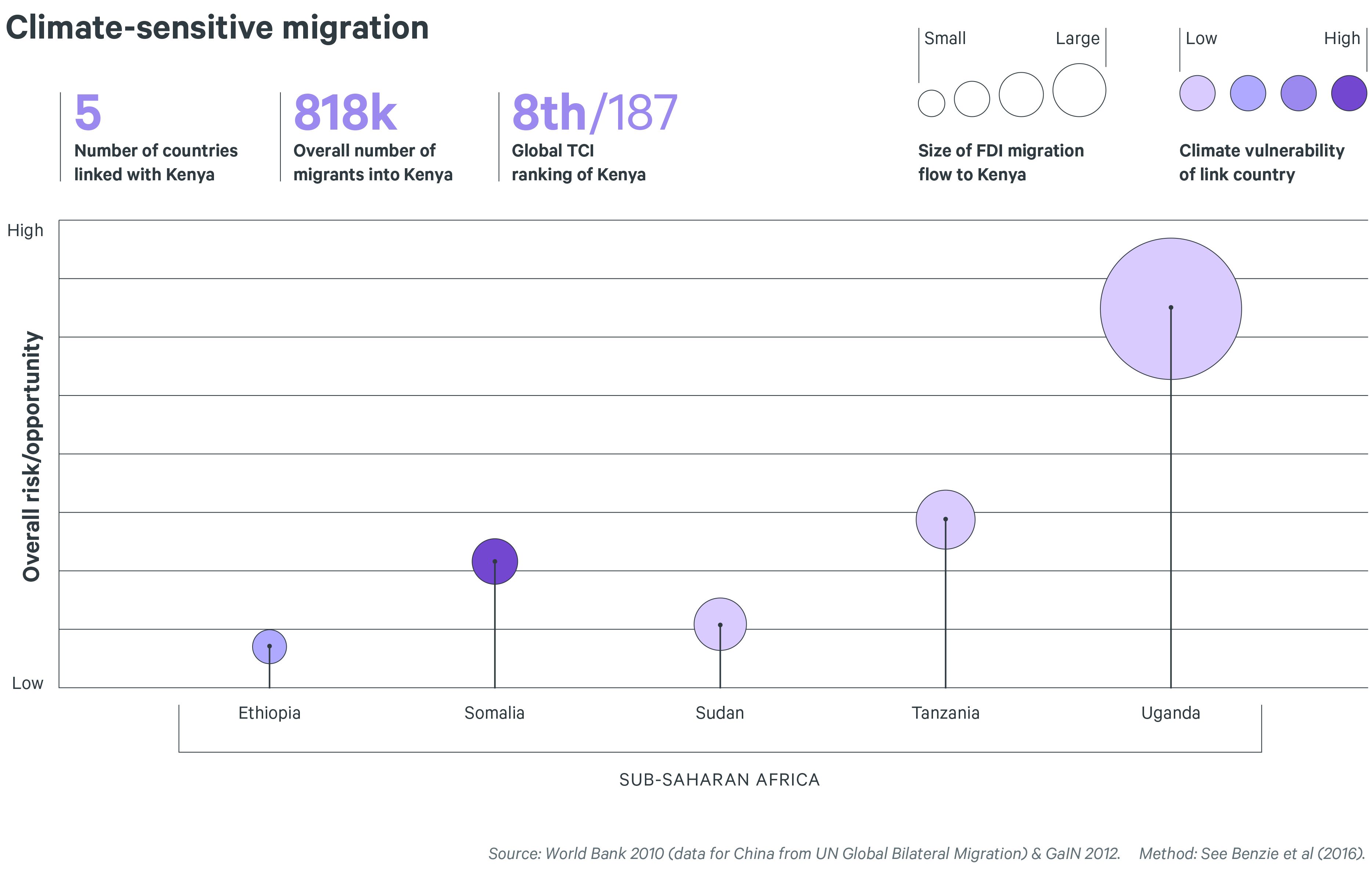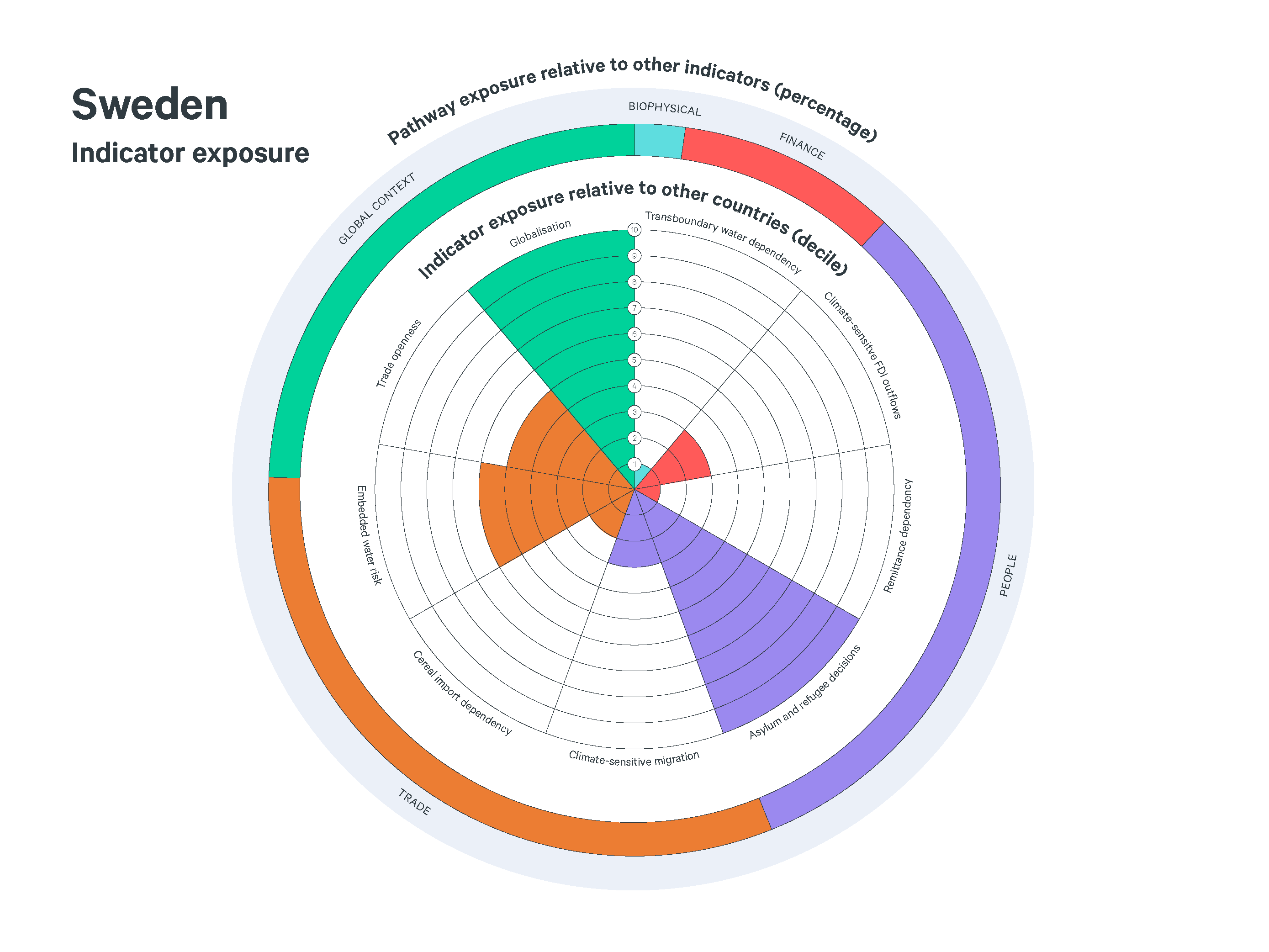Our lives are defined by globalization and hyper-connectivity. We have never been more interdependent. The economic crisis of 2008, which started as a financial bubble in real estate in the US before crippling much of the global economy, is one example of this. The global decline in bee populations linked to commonly used agricultural chemicals – and the corresponding threat to food production – is another. There are many more.
Climate change acutely demonstrates this connectivity – it clearly shows that actions in one place have consequences elsewhere. Carbon intensive industrial development, mostly in affluent economies, has disrupted the balance of greenhouse gases in the atmosphere, causing arctic ice melt and global sea level rise, which threatens to inundate countries like Samoa and the Seychelles. The countries that will suffer the biggest impacts of climate change are often those that have benefited least from a carbon intensive lifestyle.
What’s more, because of global interdependence, actions we undertake to manage the effects of climate change could have repercussions in other places. In other words, climate adaptation is unlikely to be successful if pursued in geographic isolation. Adaptation for some may generate risk for others, and failure to adapt in one place will also create or magnify risk for other people, places and markets.
To date, however, climate adaptation policy has been considered a local issue, and countries currently know very little about how they might be exposed to climate impacts from abroad. That is why a team at the Stockholm Environment Institute developed the global Transnational Climate Impacts Index (TCI Index).
The index provides a framework for examining exposure to climate change impacts from an international perspective.
Unlike traditional vulnerability-focused indices, the TCI Index opens up a number of questions about how national adaptation planning can account for global interdependence and cross-border risk.
100116-N-6247V-143 PORT-AU-PRINCE, Haiti (Jan. 16, 2010) Haitian citizens crowd a ship near a port in Haiti Jan. 16, after earthquake devastation left many homeless, injured and hungry. The aircraft carrier USS Carl Vinson (CVN 70) and Carrier Air Wing (CVW) 17 are conducting humanitarian and disaster relief operations as part of Operation Unified Response after a 7.0 magnitude earthquake caused severe damage Jan. 12, 2010. (U.S. Navy photo by Mass Communication Specialist 2nd Class Candice Villarreal/Released)
Countries are connected in many ways. The TCI team at SEI identify four climate risk pathways, each of which describes cross-border flows that might be disrupted by climate change impacts:
Some climate impacts will spill over across borders to affect neighbouring countries. The TCI framework calls this the “transboundary dimension” of climate risk. Others will propagate via more complex international networks, such as investments and markets, over greater distances: this is the “teleconnected dimension”.
The TCI Index combines nine different indicators of exposure at the country level, comparing 192 countries. The nine indicators are shown in this table:
| Pathway | Indicator |
|---|---|
| Biophysical | Transboundary water dependency ratio |
| Finance | Bilateral climate-weighted foreign direct investment |
| Remittance flows | |
| People | Openness to asylum |
| Migration from climate vulnerable countries | |
| Trade | Trade openness |
| Cereal import dependency | |
| Embedded water risk | |
| Global context | KOF Globalization Index |
The SEI team have applied the index on a global scale. The results show that many countries that do not rate as “particularly vulnerable” to direct climate change impacts are highly exposed to transnational risks, such as the Benelux countries, Germany, and the Scandinavian states.
Since globalisation is a key factor in transnational climate risks, less-developed economies may score lower on some TCI indicators. However, several factors can lead to higher TCI scores, as evidenced by several developing and emerging countries that are small (e.g. Gambia, Fiji), landlocked (e.g. Tajikistan, Swaziland, Armenia), and highly trade-dependent (e.g. Malaysia and Thailand). The four highest-scoring countries are in the Middle East: Jordan, Lebanon, Kuwait and United Arab Emirates.
Photo: jarmoluk / Pixabay.
In this visual story we zoom in to a country-level results for a sample of four countries: a small island developing state – Fiji; a regional hub in East Africa – Kenya; a small, high income, globalised country – Sweden; and a lower income country in West Africa – Senegal.
These diagrams present the indicator scores for individual countries. In the inner circles, results are shown for each of the nine indicators, relative to the rest of the world. A fully coloured “wedge” indicates that a country is in the top 10% of all countries worldwide for exposure on that particular indicator; a single bar suggests it is in the bottom 10% in terms of exposure.
The coloured ring on the outside of the diagram shows the relative importance of the different climate risk pathways from the country’s own perspective: for example, the more orange in the outer ring, the more important trade-related risks are for that country.
Fiji is typical of many small islands developing states: it relies heavily on imports for survival, particularly for food and fuel. The TCI Index shows that Fiji scores very highly on trade-related indicators (orange, inner circles) compared to the rest of the world. Trade-related exposure is responsible for almost half of Fiji’s total transnational risk (orange, outer circle), according to the index.

Kenya is emerging as a regional leader. It has a well-developed national adaptation plan and a good grip on many of the climate impacts that are expected to result from climate change inside its borders. However, preparatory measures for dealing with transnational climate impacts are far less developed. According to the TCI Index, Kenya is highly exposed to risks along the people and finance pathways.
A closer look reveals that the majority of Kenya’s foreign direct investment is concentrated within the region, in countries that are highly vulnerable to climate. This means that Kenyan investors – including business, private citizens and public institutions – are exposed to climate risk that they may not have factored into their investment decisions.
Whenever public investments are at risk from climate change abroad, it arguably should become a matter for national adaptation planning and may require coordinated regional or other international approaches to reduce such risks. However, even where public money is not involved, adopting a transnational lens on climate risk demonstrates that Kenya’s economy is linked to neighbouring countries, where climate risk is generally high. Thus, it increases the risks to Kenyan job security and economic stability, which may be disrupted if climate impacts elsewhere in the region cause Kenyan FDI to lose value, or otherwise result in negative spillover effects in Kenya via the finance pathway.

Kenya also currently welcomes migrants from its neighbouring countries, like Sudan and Ethiopia, where climate change vulnerability is high. If climate change alters the pattern of migration from these countries, as many suspect it will, Kenya is likely to become a recipient of new influxes of people. Kenya’s adaptation strategy should arguably include plans to cope and adapt to such impacts.

Kenya is no stranger to the spillover effects of climate-related extreme events. The Horn of Africa is regularly affected by drought in the transboundary arid and semi-arid lands. The drought of 2010 was a particularly harsh example; it affected 13 million people across the region many of whom were displaced from their homelands. This image shows a refugee camp in Dadaab, Northern Kenya, which remains home to almost a quarter of a million people, 7 years after the crisis.

In response to the regional drought event of 2010, Kenya worked with its neighbors. To establish a new regionally integrated approach to resilience building for drought (IDDRSI) Kenya worked at the highest political level, via the Intergovernmental Authority on Development IGAD This can stand as a model for how Kenya and other countries might begin to pursue enhanced regional cooperation as part of their national adaptation strategies to build regional resilience to climate change in general.
Data from the TCI Index provides the evidence to enable countries to engage with their neighbours and other international partners to cooperate on climate adaptation.
Senegal faces a fairly even spread of risks from the various climate risk pathways. Senegal is similar to Kenya in that it will face many transboundary risks as a result of the vulnerability of its neighbours. For example, like Kenya, it too receives many migrants from vulnerable neighouring countries, meaning its people-based risks and opportunities are likely to be focused in West Africa.


However, Senegal is also highly exposed to the more “teleconnected” dimension of climate risk, chiefly as a result of its appetite for imported rice. Senegal imports a large share of its daily intake of the staple crop from abroad – mostly from rice exporting countries in South and Southeast Asia, like India, Thailand and Vietnam.
This import dependency exposes Senegal to events – such as poor harvests and price fluctuations – thousands of miles away. During the 2008-9 global rice price crisis low-income households in Senegal struggled to afford to buy their staple of choice: Rice prices spiked to more than 200% in local markets in cities like Dakar, and many people took to the streets in protest.

Sweden is a small, globalised country that benefits from interdependencies with many countries for trade and investments. It is open to migration and has granted asylum to many people affected by conflict and insecurity in recent decades. Many experts also predict that this type of migration will become more intense and frequent as a result of climate change. Thus, Sweden may be more affected by the impacts of climate change in other countries than it is by changes to the local Swedish climate, which are projected to be relatively moderate.

Sweden is linked to many highly vulnerable countries in sub-Saharan Africa and the Middle East and North Africa via current migration patterns.

Sweden invests significant volumes of FDI – over US$30 billion annually – in almost 100 countries around the world. The most significant climate risks associated with these investments are in countries such as South Korea, India, Singapore, Indonesia, China, Brazil, Russia and South Africa. The success of adaptation in these countries will determine the level of risk faced by public and private investors in Sweden – including everyone with a state pension and personal savings account.

TCI risk evaluations provide countries with a starting point for designing strategies to predict and prevent risks that are posed by climate change outside of their national borders. Using the TCI Index, countries can identify priority areas for detailed analysis at the country level and begin to identify countries they should partner with as well as types of risks they need to consider in future adaptation strategies.
But beyond self-centered motivation, the TCI Index analysis shows that all actors need to work together to build climate resilience in global systems, including trade networks and financial markets.
The Paris Agreement under the United Nations Framework Convention on Climate Change provides new opportunities to recognise and negotiate solutions that embrace the global nature of adaptation, but there is also much to do in other international frameworks, and by national governments, investors, banks and multinational companies too.
In this sense, climate change represents an opportunity to recognise our interdependence in every sense of the word. In an era characterised by globalisation, our fates are inescapably intertwined. It’s time to embrace this reality.
Design and development by Soapbox.






